Forthcoming steam weekends (2026): 18-19 April 2026; 13-14 June 2026; 13 September 2026; 19 September 2026; 10-11 October 2026
Opening hours at other times: from 04 April 2026 to 24 October 2026 every saturday from 10 am to 5 pm.
Further information is available here.
Opening hours at other times: from 04 April 2026 to 24 October 2026 every saturday from 10 am to 5 pm.
Further information is available here.
18-19 April 2026: Saisoneröffnung
News
11.11.2024: The winter work begins
Our 2024 season ended at the end of October with the last day the museum was open, when many visitors came to the engine shed to get a last whiff of the steam locomotive smell. After that, we began the part of the year in which we traditionally dedicate ourselves to the work that requires more effort.In particular, this includes work on our steam locomotive 50 3570, which we would like to present in working order again next year. To do this, we have to complete a number of tasks that are quite time-consuming. This includes in particular the boiler repair, which is now being prepared. Last Saturday, we joined forces to wash out the boiler. To do this, all the wash hatches were removed. These are mushroom-shaped closures that seal small oval openings in the boiler wall, through which impurities and limescale residues can be flushed out of the boiler with a strong jet of water. As the nuts holding the plugs are sometimes extremely tight, they have to be heated red-hot with a flame so that they expand slightly and can be loosened.
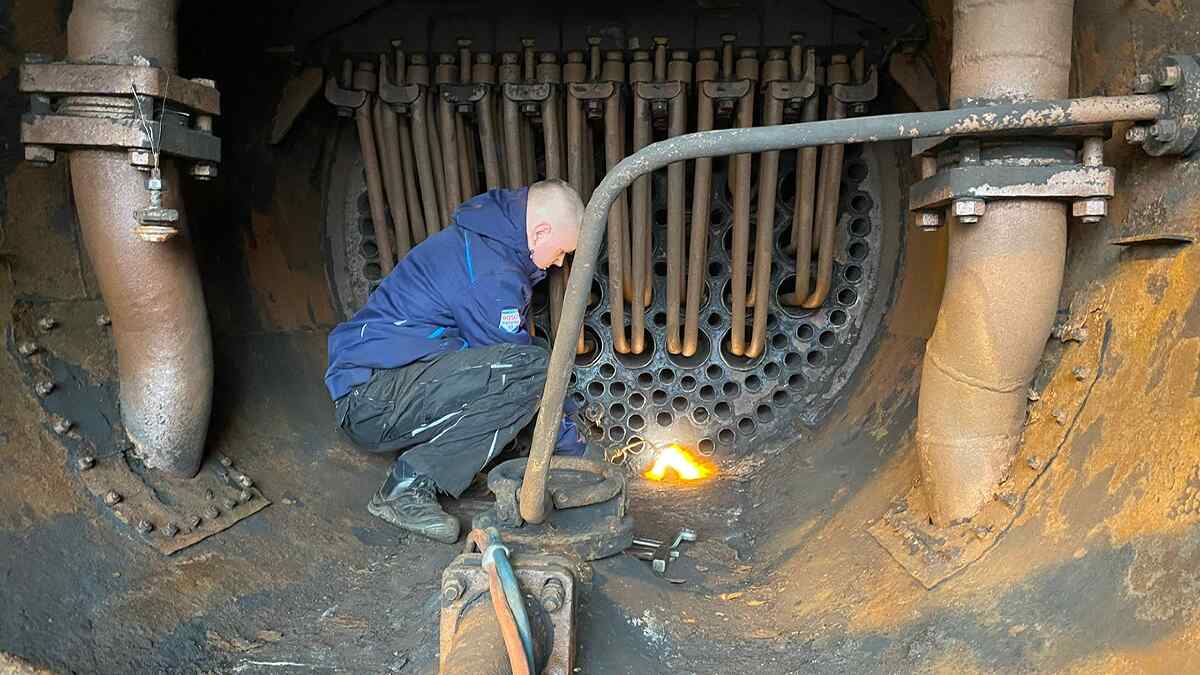

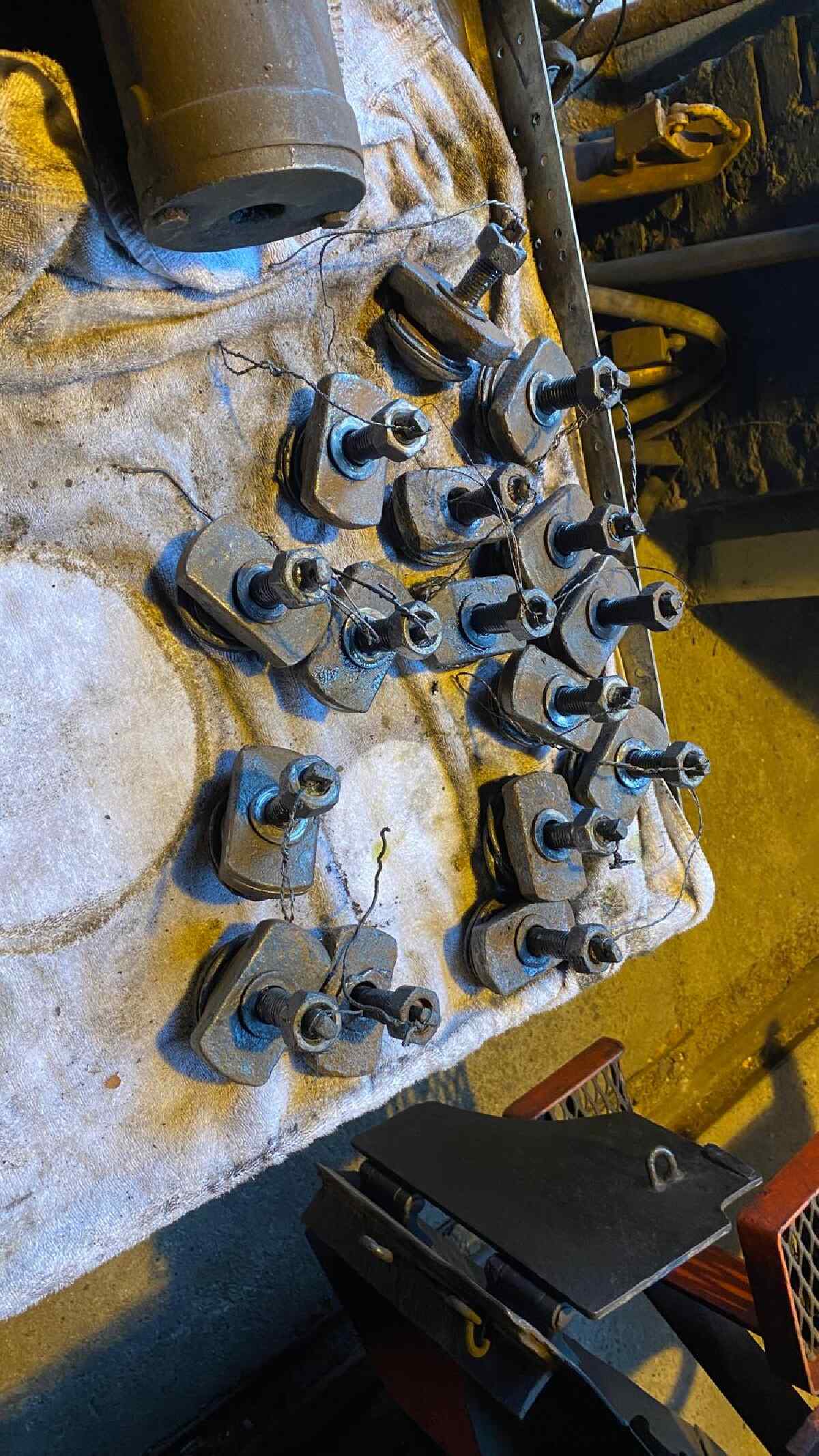
We also removed the drain valves and safety valves from the drive cylinders. One is used to drain condensation in the steam cylinders. The others are for emergency draining if too much condensation has collected in the cylinders and the movement of the pistons presses so hard against the cylinder covers that they could burst. It is well known that water cannot be compressed.
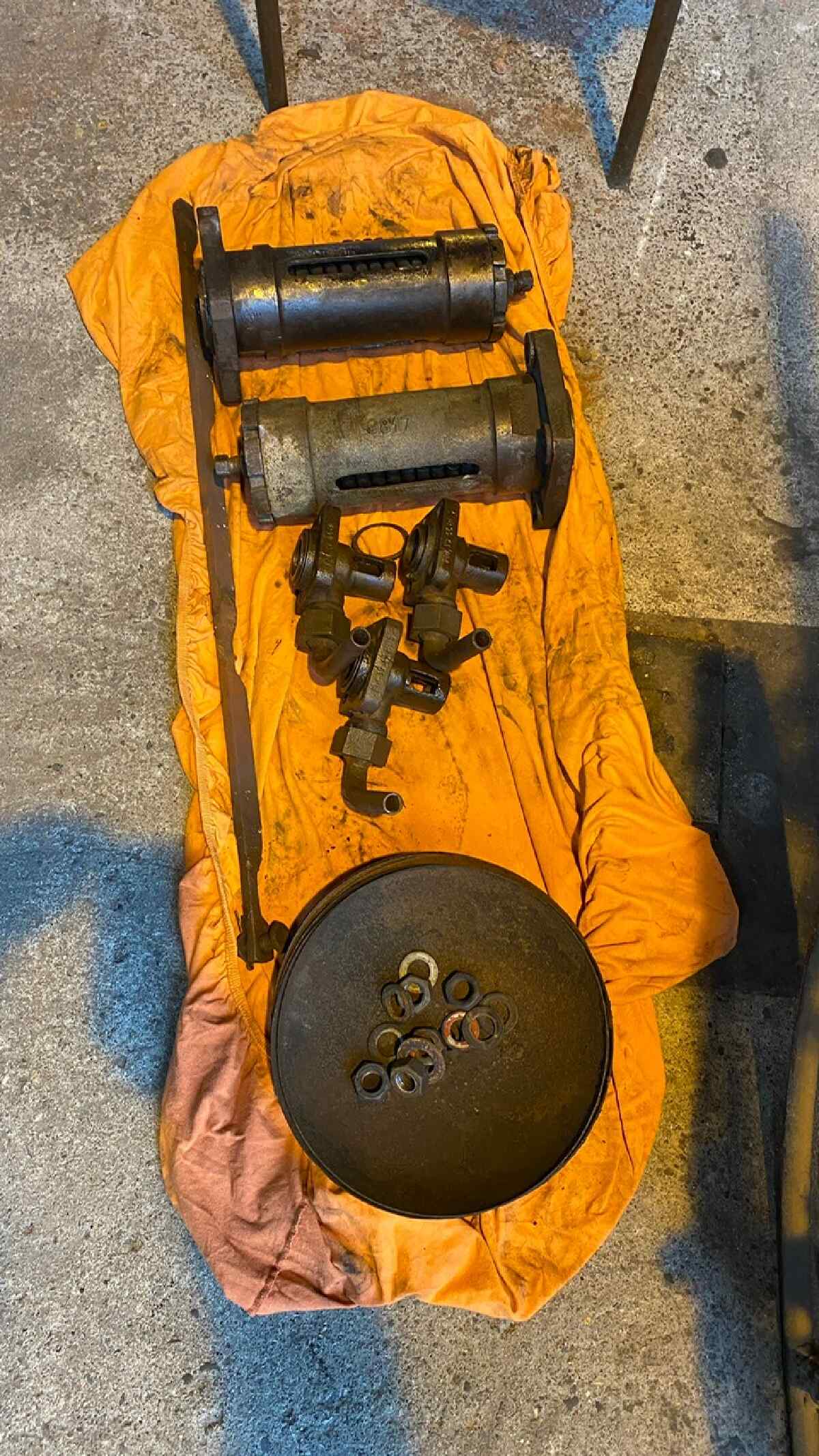
Work on the tender also continues. Now that all the metal work on the inside of the tender has been completed, we can turn our attention to coating the water tank. It has a capacity of 26 cubic metres. We applied a special paint to prevent or at least slow down further corrosion.
Below is a picture of the inside of the tender. Here you can see that it has partition walls with a number of more or less large openings. These walls are intended to prevent the water inside from sloshing around too much when the locomotive accelerates or brakes.

Work is also being done on the exterior appearance of the tender. The remaining paint has been sanded or completely removed so that a primer coat can be applied soon. We hope that the outside temperatures will remain in the double-digit range for a little longer so that we can apply the final coat of black paint before the winter cold sets in.
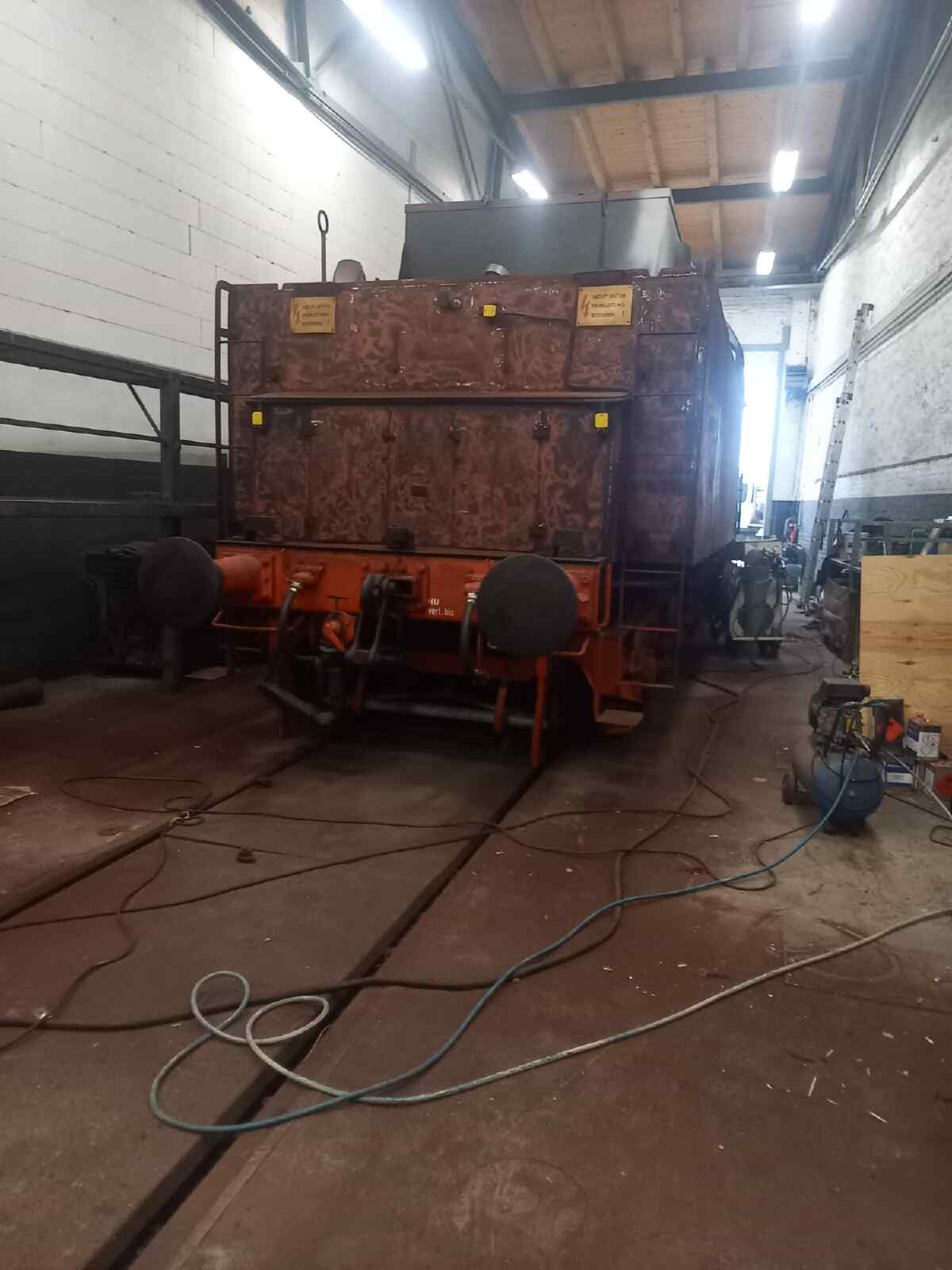
Work also continued on our coach 197 805. Now that all the ceiling panels and ceiling mouldings have been installed, the ceiling can be painted. We hope that we will soon be able to lay a new linoleum covering on the floor.
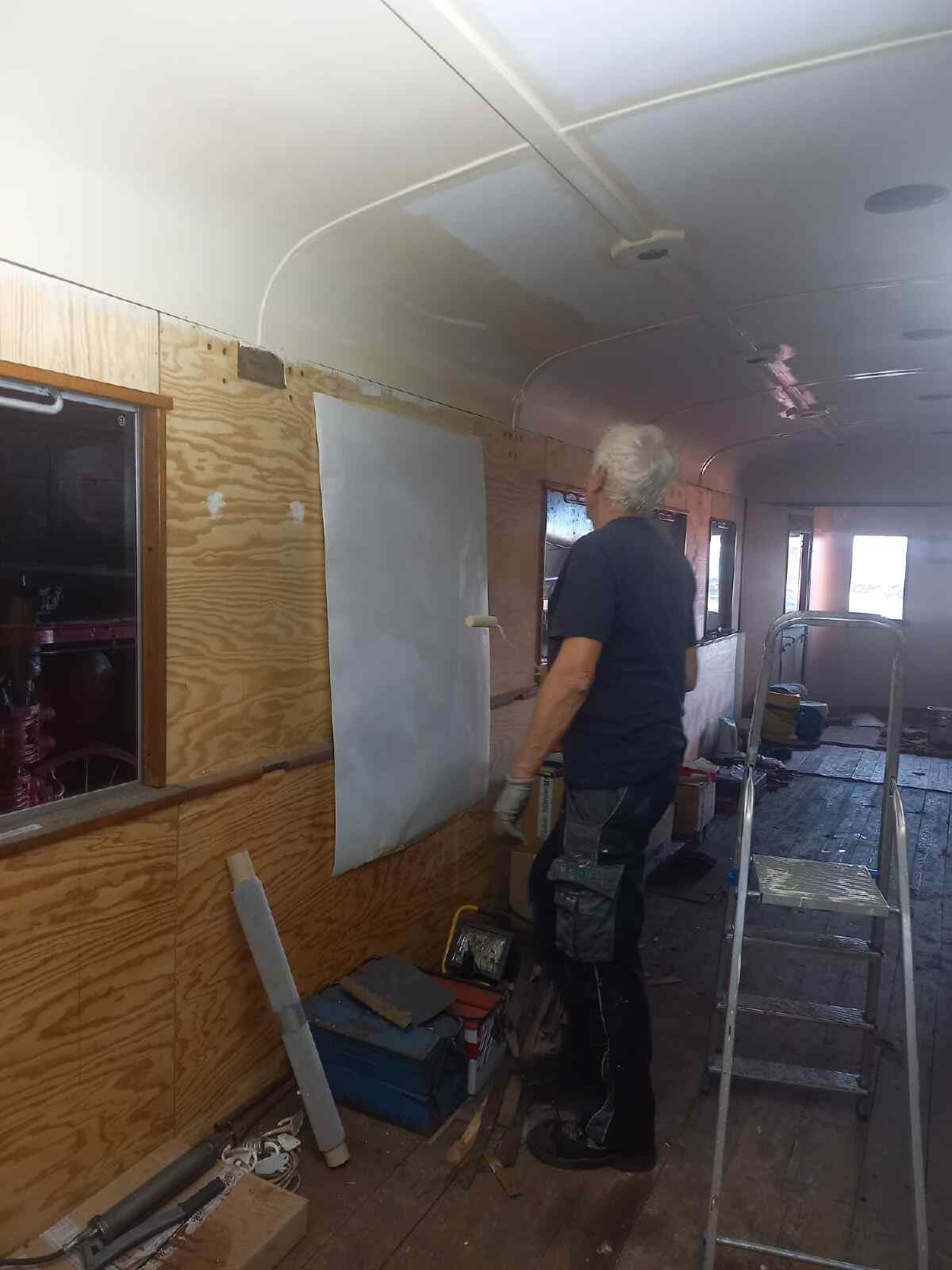
We are delighted to see the finished works of the pupils from the Marie Curie Grammar School in Wittenberge, who - as we reported in our last newsletter - designed the walls of our new exhibition space in the south gable of the engine shed. Thank you again, you have painted some great things.
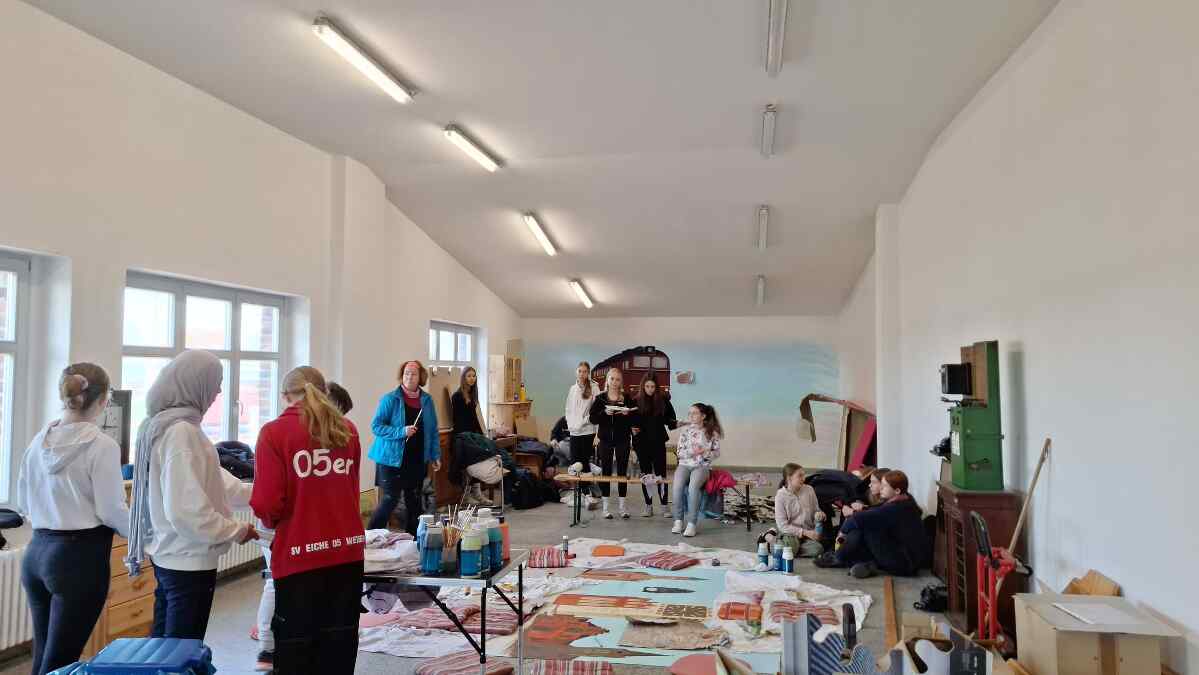
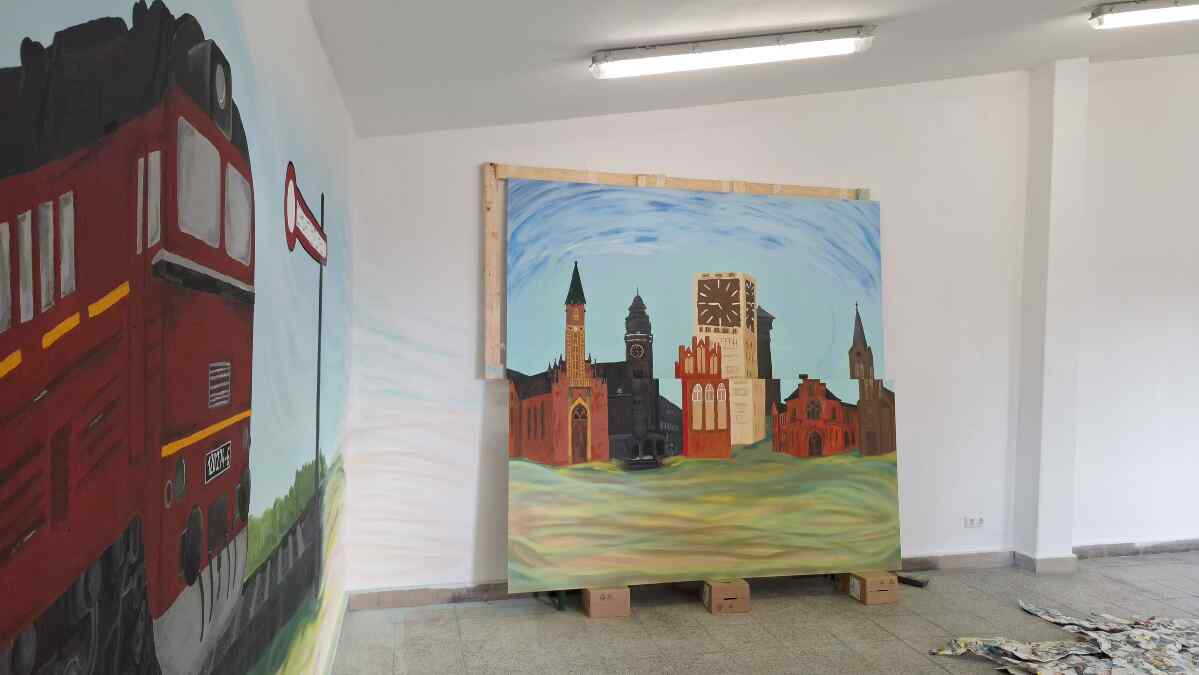
vehicles: 50 3570-4, 197 805-5
related articles (News):
related articles (Press):
Dampflokfreunde Salzwedel e.V. Am Bahnhof 6, 19322 Wittenberge
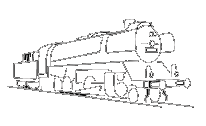
 News of our museum
News of our museum We are working on the boiler of our steam locomotive 50 3570
We are working on the boiler of our steam locomotive 50 3570 Work on the boiler of our steam locomotive
Work on the boiler of our steam locomotive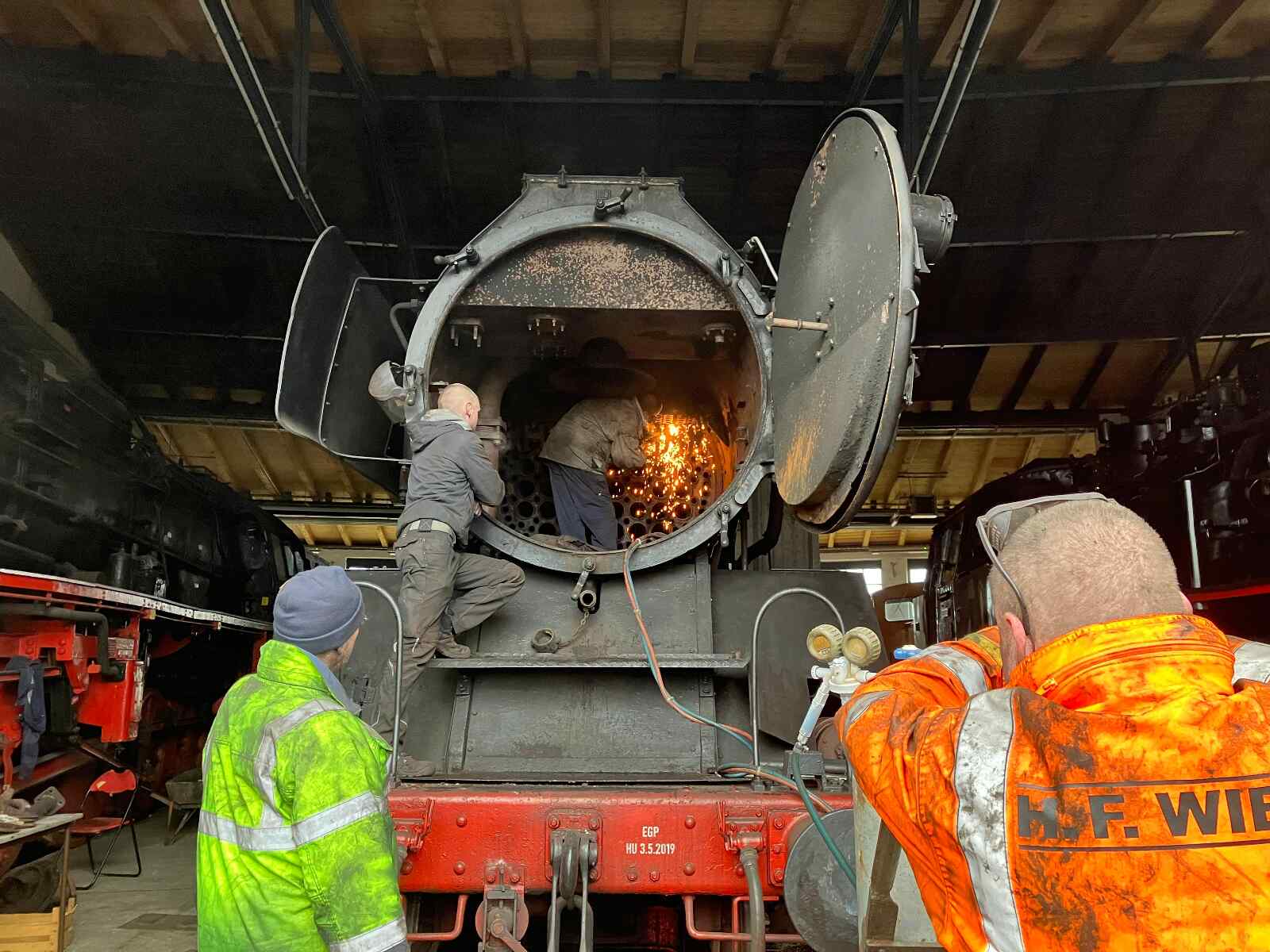 Work and pleasure at the start of the year
Work and pleasure at the start of the year Christmas wishes
Christmas wishes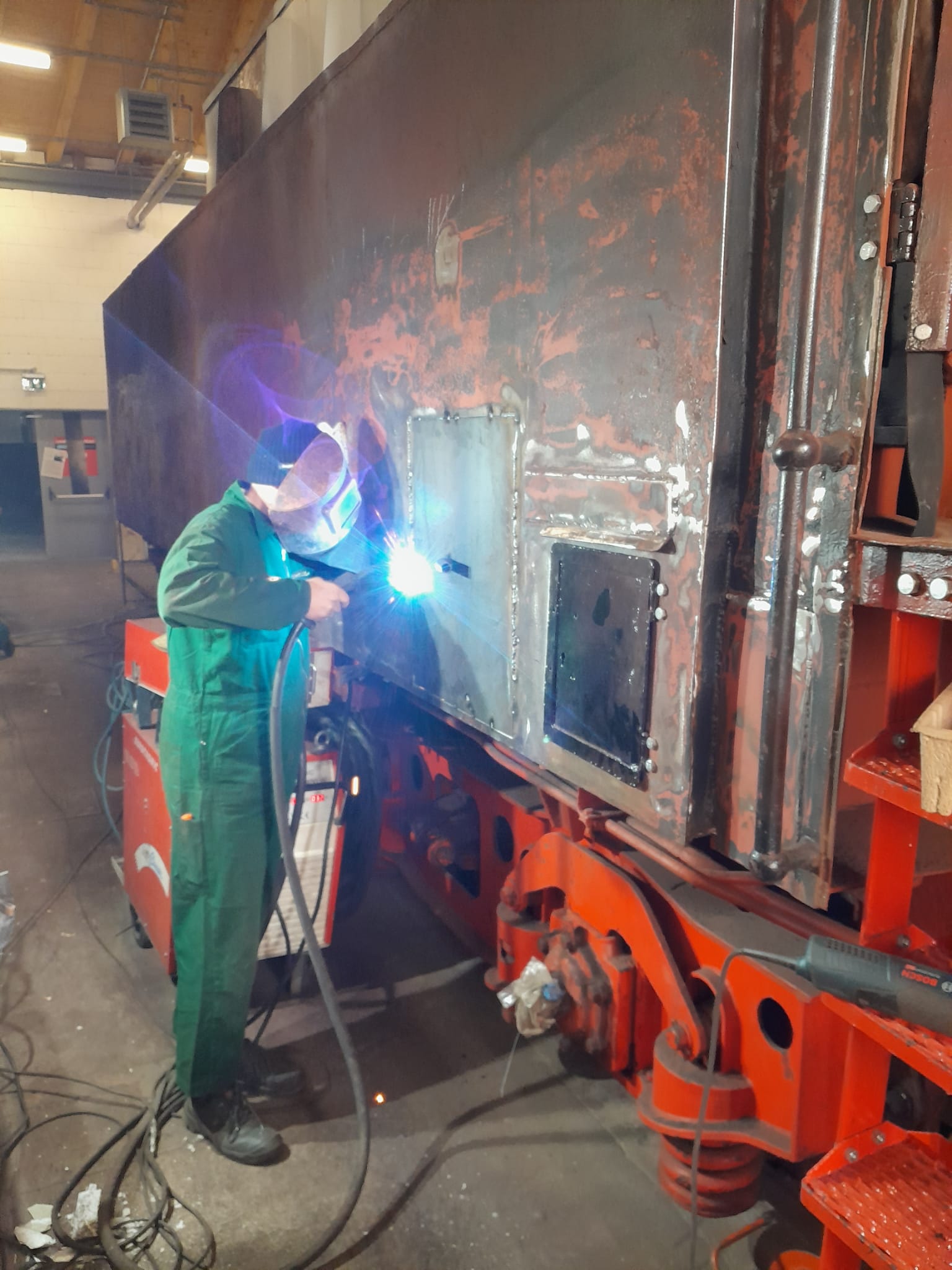 News from the locomotive shed
News from the locomotive shed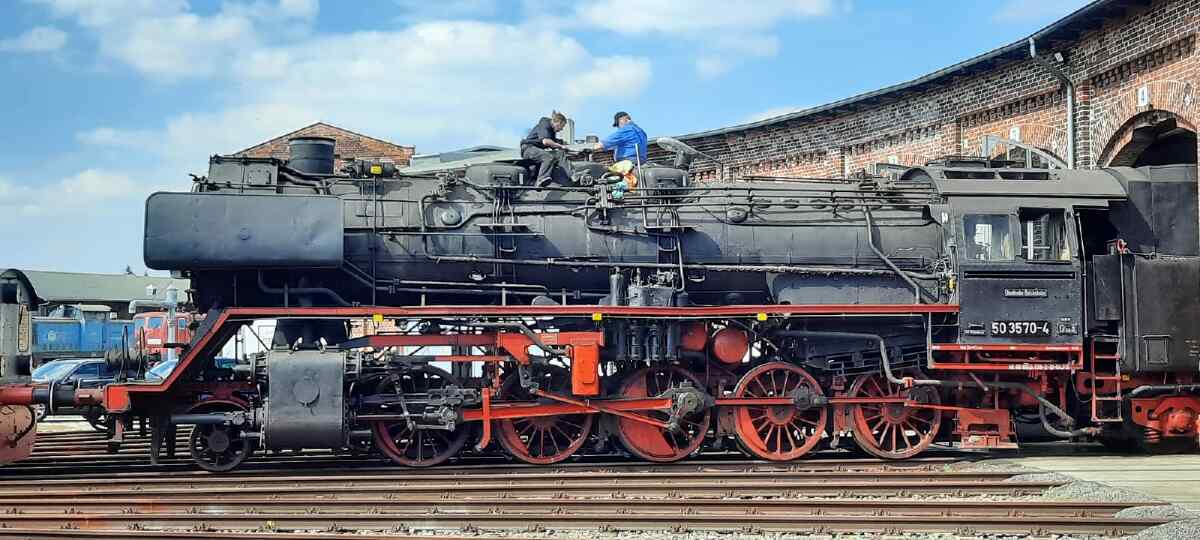 Late summer news from the engine shed
Late summer news from the engine shed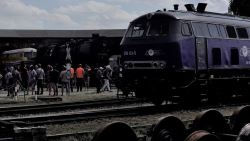 Neue Partner für den Historischen Lokschuppen
Neue Partner für den Historischen Lokschuppen Historischer Lokschuppen ruht
Historischer Lokschuppen ruht Lok 50 3570-4 im Rampenlicht
Lok 50 3570-4 im Rampenlicht Operation am Herzen einer Lok
Operation am Herzen einer Lok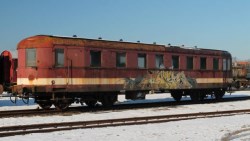 Das neue Leben des "197 805-5"
Das neue Leben des "197 805-5"